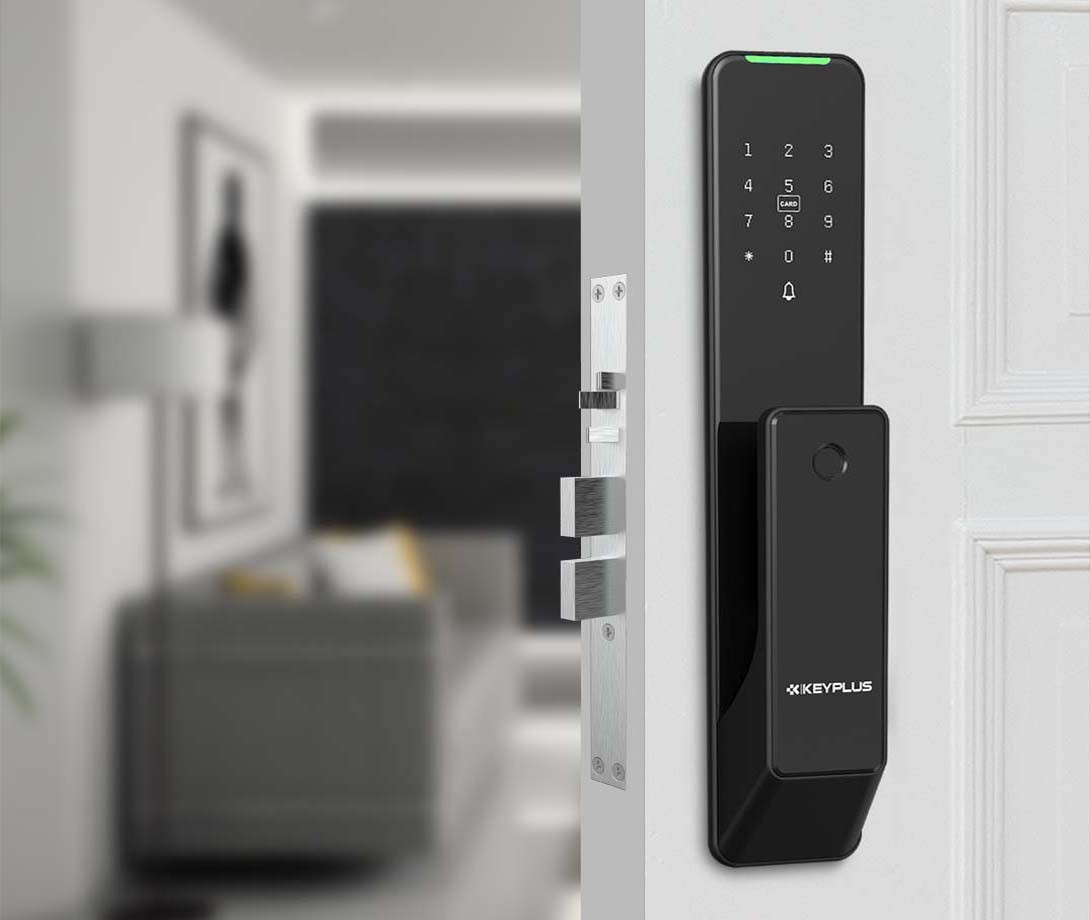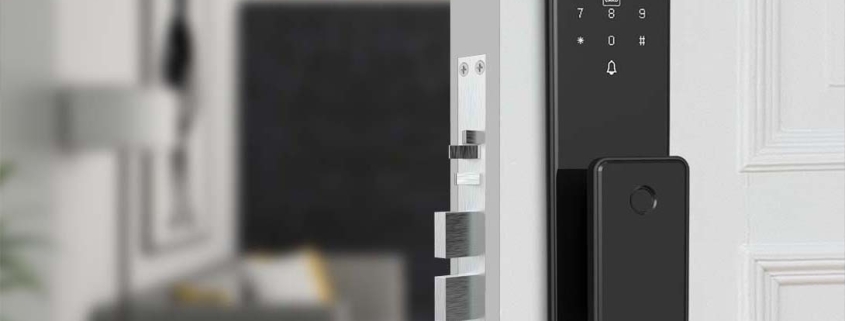How Do Smart Doorbells Get Power?
Smart doorbells have revolutionized home security, offering features like video monitoring, motion alerts, and two-way communication. But one common question buyers have is: How do smart doorbells get power?
Understanding power options is crucial because it affects installation, maintenance, and functionality. This guide explains the different power sources for smart doorbells, their pros and cons, and how to choose the best option for your needs.
1. Wired Smart Doorbells (Hardwired to Existing Doorbell Wiring)
How It Works
-
Connects to low-voltage wiring (typically 16-24V AC) from a traditional doorbell transformer.
-
Uses the same power source as old mechanical doorbells.
Pros
Continuous power – No need to recharge or replace batteries.
More reliable – No risk of losing power unexpectedly.
Supports advanced features – Higher power allows for better video quality and constant cloud recording.
Cons
Requires professional installation – If your home doesn’t have existing doorbell wiring, setup can be complex.
Not portable – Can’t be moved easily.
Best For:
-
Homes with existing doorbell wiring.
-
Users who want 24/7 recording and maximum reliability.
2. Battery-Powered Smart Doorbells
How It Works
-
Runs on rechargeable or replaceable batteries (usually lithium-ion).
-
Some models use solar panels as an add-on for extended battery life.
Pros
Easy installation – No wiring needed; can be mounted anywhere.
Portable – Can be moved or reinstalled easily.
Works in rentals – No need to modify the property.
Cons
Requires regular charging/replacement – Depending on usage, batteries may last 1-6 months.
Limited features – Some models reduce video quality or disable continuous recording to save power.
Best For:
-
Homes without existing doorbell wiring.
-
Renters who can’t modify their property.
-
Users who prefer DIY installation.
3. Plug-in Smart Doorbells (USB or AC Adapter)
How It Works
-
Powered via a USB cable or AC adapter plugged into an indoor outlet.
-
Some models include long cables to route power outside.
Pros
No wiring needed – Easier to install than hardwired models.
Continuous power – No battery replacements required.
Cons
Limited placement options – Must be near an outlet.
Visible cables – May look less clean than wireless options.
Best For:
-
Apartments or homes with nearby outdoor outlets.
-
Users who want constant power without wiring.
4. Solar-Powered Smart Doorbells
How It Works
-
Uses a small solar panel to recharge the built-in battery.
-
Some models are fully solar-powered, while others use solar as a supplement.
Pros
Eco-friendly & cost-effective – No electricity costs.
Low maintenance – No frequent battery changes.
Cons
Weather-dependent – May not work well in cloudy or shaded areas.
Slower charging – May need a backup battery for reliability.
Best For:
-
Sunny climates with consistent sunlight.
-
Eco-conscious buyers who want sustainable power.
5. Dual-Power Smart Doorbells (Wired + Battery Backup)
How It Works
-
Can be hardwired for primary power but includes a backup battery in case of outages.
Pros
Best of both worlds – Reliable power with backup security.
No downtime – Keeps working during power failures.
Cons
More expensive – Higher upfront cost.
Slightly bulkier – Due to the built-in battery.
Best For:
-
Areas with frequent power outages.
-
Users who want maximum reliability.

Which Power Option is Best for You?
| Power Type | Best For | Maintenance | Installation Difficulty |
|---|---|---|---|
| Wired | Existing wiring, 24/7 recording | None | Medium (may need electrician) |
| Battery | Renters, easy DIY setup | Recharge every 1-6 months | Easy |
| Plug-in | Near outlets, no wiring | None | Easy |
| Solar | Sunny areas, eco-friendly | Occasional cleaning | Medium |
| Dual-Power | Maximum reliability | Battery checks | Medium-Hard |
Installation Tips for Foreign Buyers
1. Check Voltage Compatibility
-
In the U.S., Canada, and Japan, standard voltage is 110-120V.
-
In Europe, Australia, and most of Asia, it’s 220-240V.
-
Ensure your transformer or adapter matches local power standards.
2. Consider Wi-Fi Strength
-
Smart doorbells need a strong Wi-Fi signal near the door.
-
Use a Wi-Fi extender if the signal is weak.
3. Hire a Professional if Unsure
-
If dealing with wiring, consult an electrician or smart home installer.
Final Verdict
Smart doorbells get power in five main ways:
-
Wired – Best for reliability & advanced features.
-
Battery – Best for easy installation & renters.
-
Plug-in – Best for homes with outdoor outlets.
-
Solar – Best for eco-friendly users in sunny areas.
-
Dual-Power – Best for uninterrupted security.
Before buying:
Check your home’s wiring & outlet locations.
Decide if you want DIY or professional installation.
Choose a model that fits your climate & power needs.
Smart doorbells are a worthwhile investment for modern security—just pick the right power source for your home!
Need help choosing? Let us know your setup, and we’ll recommend the best smart doorbell for you!



